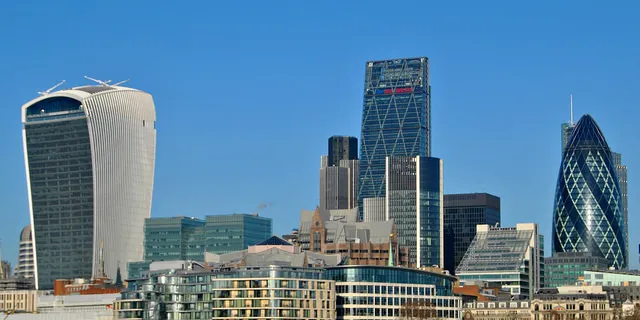IntraFish Seafood Investor Forum blog: Recap on all the news from the day
Major figures from the global seafood industry and investors gather in London for this year's IntraFish Seafood Investment Forum. Check back here for our live coverage of the event.
